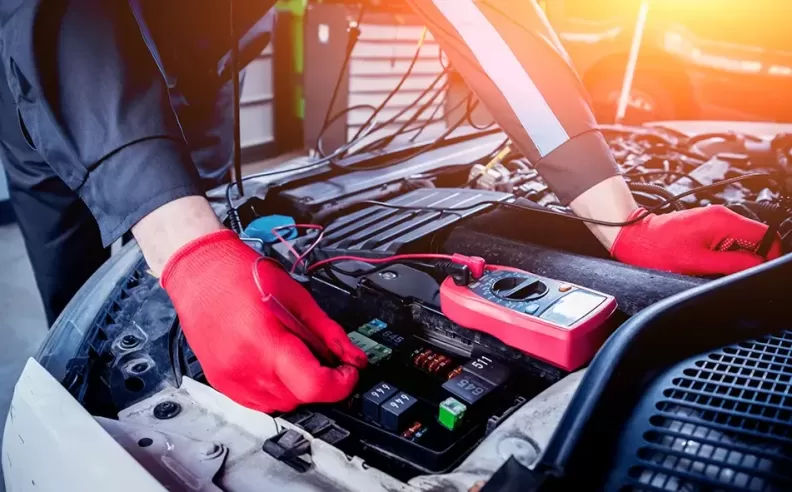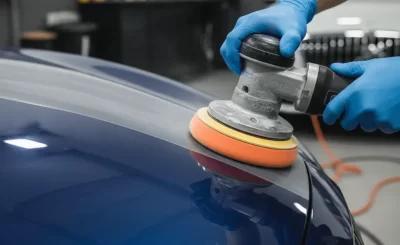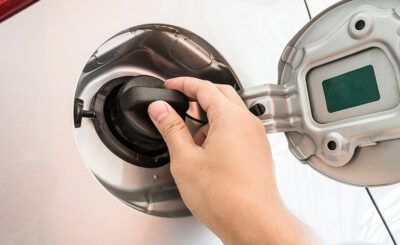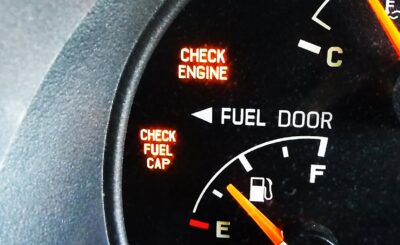Car electrical issues can be annoying and even challenging to identify. This guide will assist you in locating and resolving typical electrical problems in your car.
Recognizing Typical Electrical Problems
Car electrical difficulties frequently show up as problems with the lights, power accessories, or engine starting. Dimming lights, a dead battery, or broken power windows are possible symptoms.
Examine the Battery
Checking the battery is the first step in troubleshooting electrical problems. Numerous electrical issues might arise from a dead or weak battery. Examine the voltage with a multimeter; 12.6 volts is the recommended level for a good battery.
Examine the Fuses
Electrical components may stop functioning as a result of faulty fuses. Find the fuse box by consulting the owner’s manual. Look within the fuses for any indications of a blown fuse, such as dark patches or a break in the metal strip.
Check the Wiring
Electrical issues might arise intermittently due to faulty wiring. Check the car’s interior and under the hood for any loose, corroded, or damaged wires. Utilizing heat-shrink tubing or electrical tape, fix or replace any broken wires.
Examine the Alternator
Electrical malfunctions and problems with batteries might result from a defective alternator. To check the alternator output, use a multimeter. When the engine runs, a healthy alternator should generate 13.8–14.2 volts.
Examine Ground Connections
Electrical difficulties such as periodic power outages or dimming lights can be caused by poor ground connections. Check for looseness or corrosion in the ground connections. Tighten bolts and clean connections as necessary.
Examine the Initiator
Your car’s starter motor can be broken if it won’t start. Look for a clicking sound when you turn the key this could be a sign of a broken starter. Use a multimeter to test the starter, then replace it if needed.
Check for DTCs, or Diagnostic Trouble Codes
On-board diagnostic systems in modern cars are capable of identifying and storing fault codes linked to electrical problems. Utilize an OBD-II scanner to look up codes and identify certain issues.
Look for Expert Assistance
To get help diagnosing or resolving electrical issues in your vehicle, see a trained specialist Auto Repair in Draper, UT. They can recognize and fix complicated electrical problems since they have the knowledge and diagnostic equipment.
Conclusion
It takes time and careful attention to detail to diagnose and repair electrical issues in your automobile. These methods can help you identify and fix common electrical problems on your own. Don’t hesitate to call for help from an auto repair shop if issues continue or if you feel uneasy doing these activities. These instructions will help you troubleshoot and fix a lot of common electrical problems in your car. Your car can function smoothly and safely with routine maintenance and quick treatment to electrical issues.








